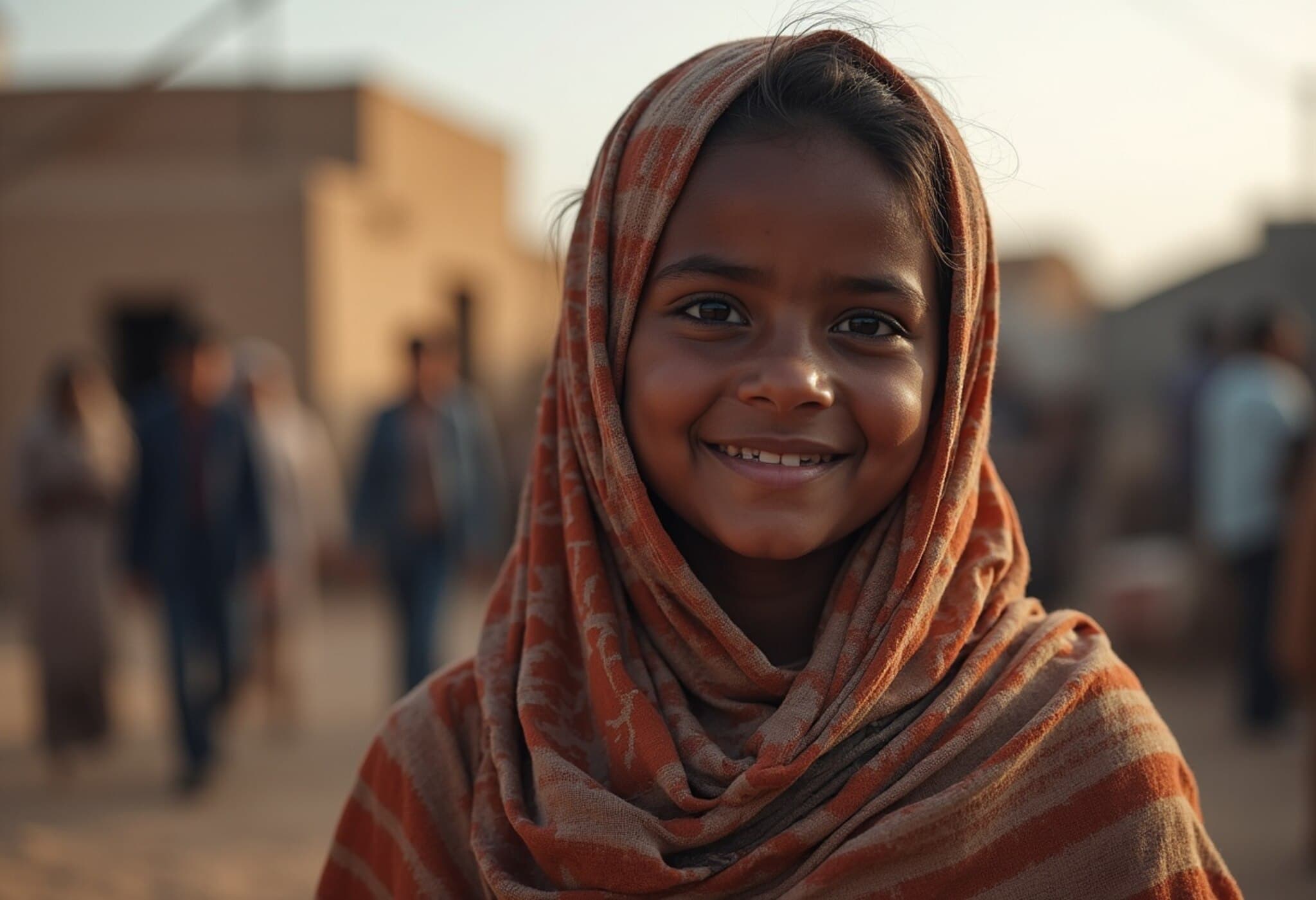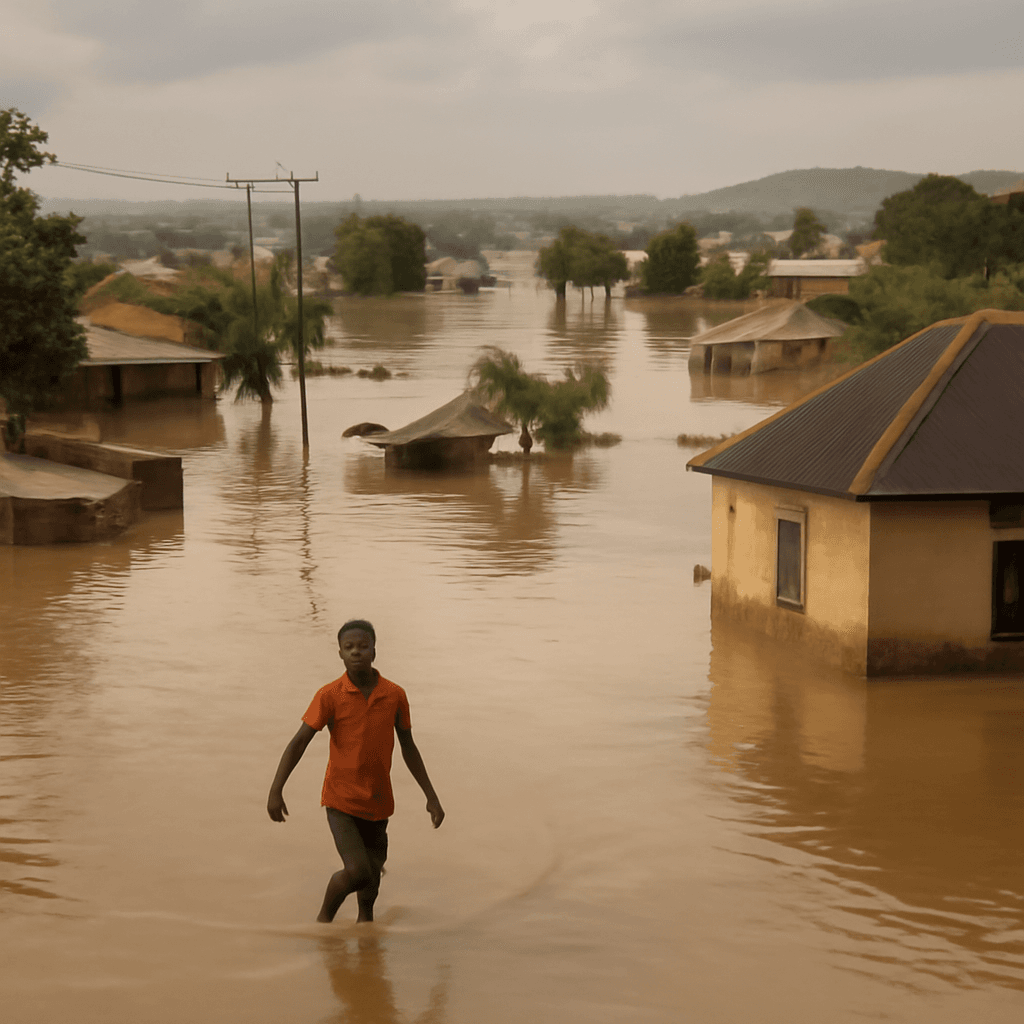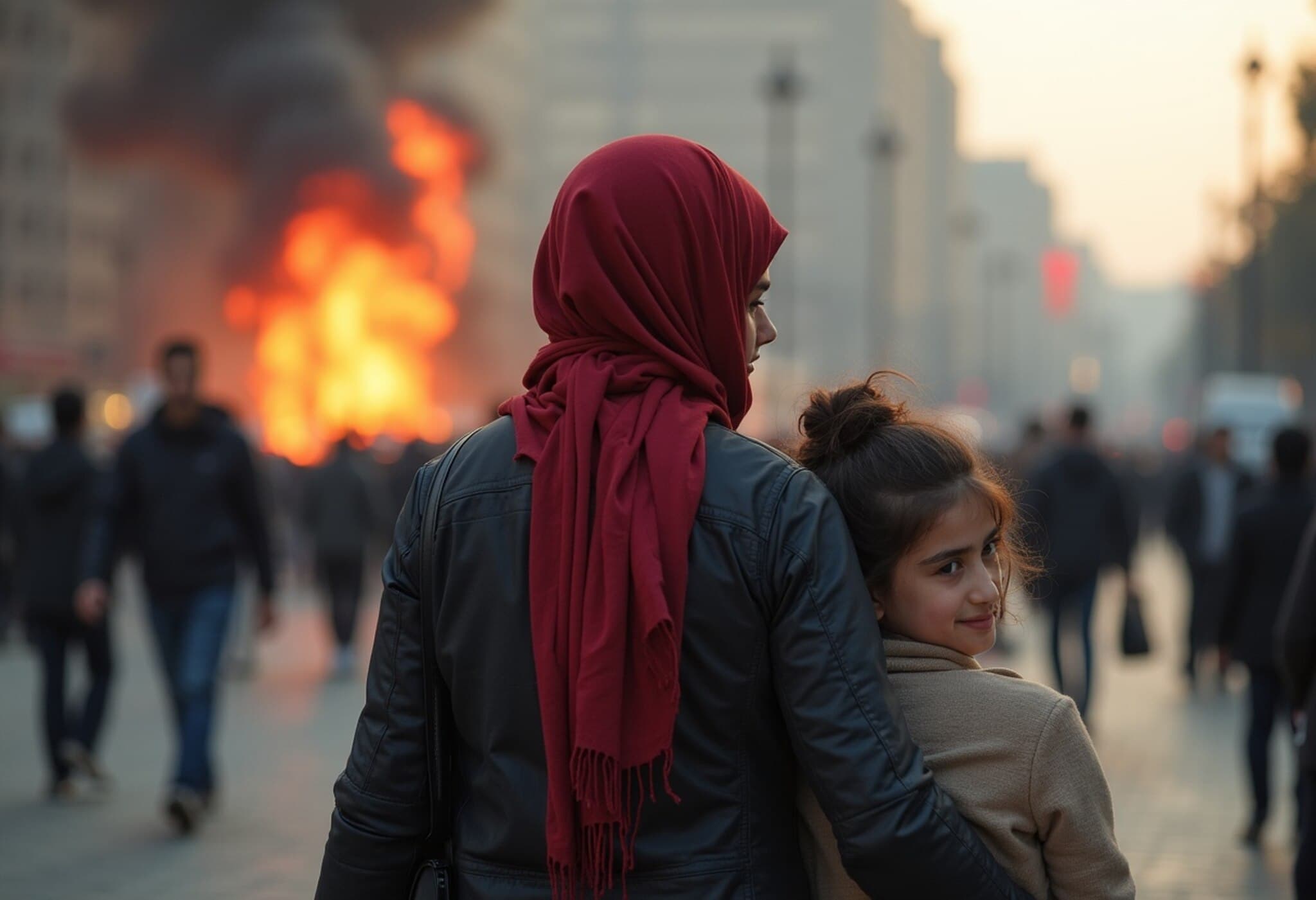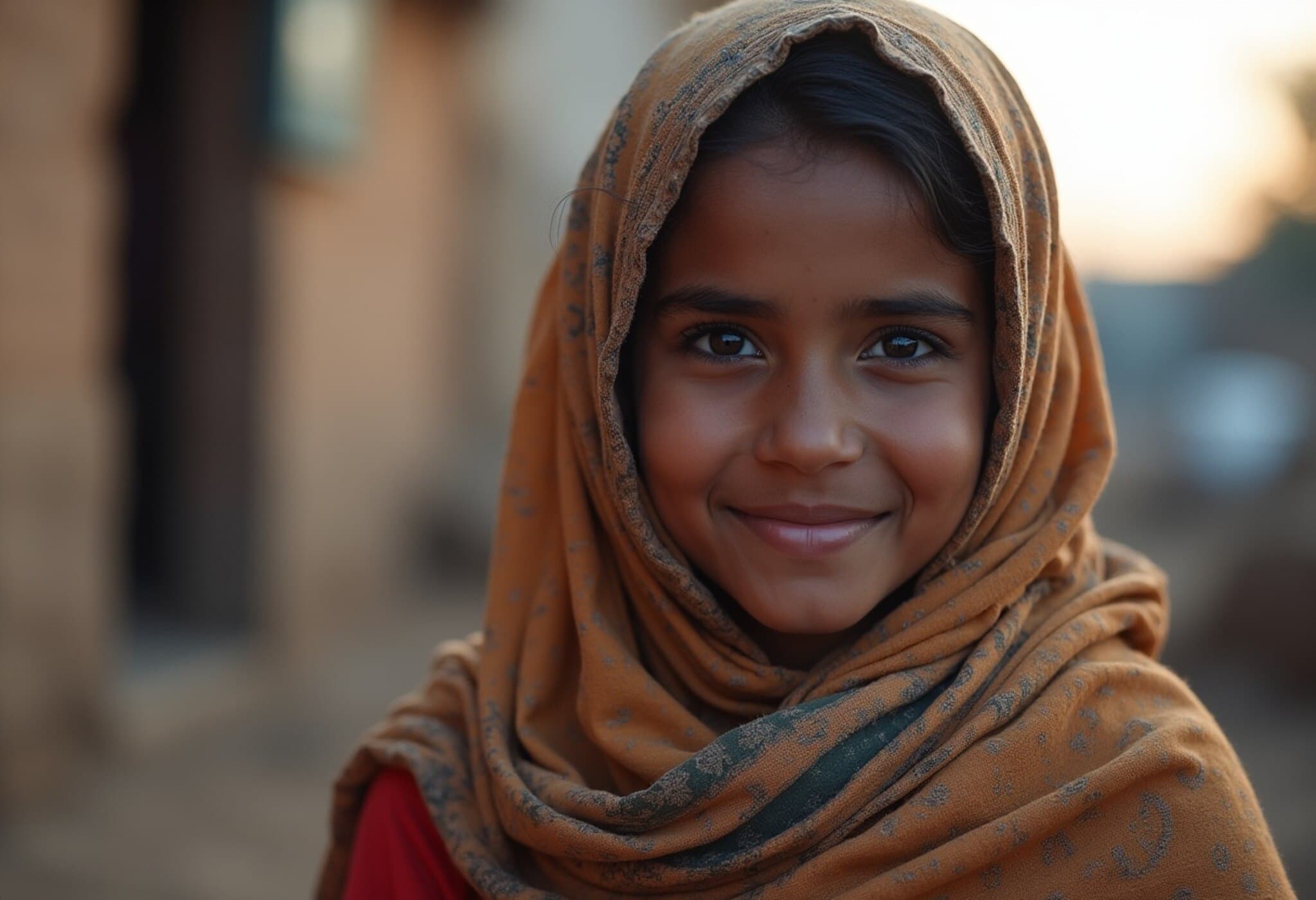Global Displacement Soars Above 122 Million
The number of people forcibly displaced worldwide by conflict, violence, and persecution has surged past 122 million, marking an increase of roughly two million within a single year. This figure has nearly doubled over the past decade, underscoring the escalating toll of global unrest on vulnerable populations.
UNHCR Highlights Some Glimmers of Hope
Despite this daunting reality, the United Nations refugee agency's head, Filippo Grandi, emphasized a few encouraging signs over the past six months. Notably, close to two million Syrians have returned to their homeland, as efforts continue to rebuild after a devastating civil war that has spanned more than ten years.
Insights From the 2025 Global Trends Report
The latest report, released in June 2025, reveals that displacement within countries has climbed sharply. At the end of last year, there were 73.5 million internally displaced people—a nearly 9% rise. These cumulative numbers reflect long-standing conflicts causing waves of displacement, alongside instances where individuals have managed to return to their homes amid ongoing instability.
Neighboring Nations Host Majority of Refugees
Contrary to common assumptions in wealthier regions, the UNHCR pointed out that about two-thirds of refugees crossing international borders seek safety within neighboring countries. This challenges the widespread belief that most refugees aim primarily to reach Europe, the United States, or other distant destinations.
Conflicts Fueling the World’s Largest Displacement Crises
Currently, Sudan’s conflict has triggered the largest displacement crisis globally, with over 14 million people uprooted—overtaking Syria’s displaced population, which stands at approximately 13.5 million. Additionally, Afghanistan faces a dire predicament with more than 10 million displaced, while Ukraine accounts for around 8.8 million individuals forced to flee or relocate within its borders.
Funding Challenges Amid Rising Humanitarian Needs
This grim landscape emerges as humanitarian organizations simultaneously grapple with budget cuts from traditional donors, including the United States and other Western countries, complicating aid delivery efforts during these pressing times.
Looking Ahead
The increase in global displacement highlights an urgent call for sustained international cooperation and innovative responses to address the complex drivers of forced migration. While the incremental resettlement of refugees offers hope, the magnitude of ongoing crises demands robust, collective action.














